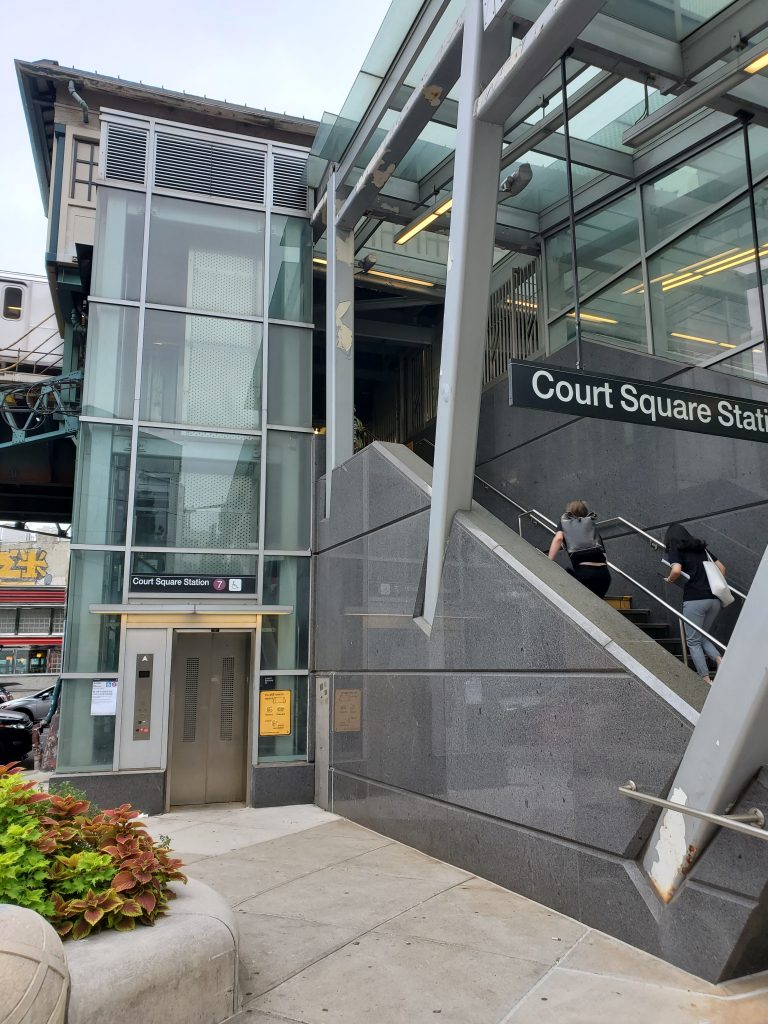Good afternoon, my name is Bradley Brashears and I am the Planning Manager at the Permanent Citizens Advisory Committee to the MTA (PCAC). The PCAC and its Councils have long advocated for improved system-wide accessibility through various research reports, public testimonies, and participation in accessibility events throughout the region. We are very pleasedthat the MTA, New York City Department of City Planning, and the Mayor’s Office for Peoplewith Disabilities has embarked on the Zoning For Accessibility (ZFA) citywide zoning proposal that will help advance transit accessibility more quickly and take much-needed pressure off theMTA’s struggling Capital Program.
The COVID-19 pandemic drastically altered the lives of millions in our region and beyond – including pausing the MTA’s Capital Program, which is essential to delivering more accessible options for system riders. Despite this pause, in 2020, the MTA completed 11 new subway station accessibility projects and has increased from 70 to 77 the number of stations it will make accessible in its 2020-24 Capital Program.
While the progress is encouraging, there is still so much work that must be completed considering that just 28 percent of the 493 subway stations – including SIR – are accessible; 2/3 of LIRR city stations are accessible; and just half of Metro-North city stations accessible. Therefore, the City Council should approve the Zoning For Accessibility proposal to support increasing accessible stations within the City for tens of thousands of riders who simply need more options for full participation – whether they be in wheelchairs or on crutches, parents with children, passengers with luggage, or seniors trying to get across town.
ZFA will allow the MTA to work with private developers building next to existing stations to provide space for the MTA to build elevators and other station access improvements. This will come at no cost to taxpayers and allow the MTA to set resources aside for additional accessibility projects. We all at one time or another in our lives will need accessible travel options, therefore finding innovative ways such as this proposal will go a long way in helping to realize a more accessible MTA network for all.
Thank you!
